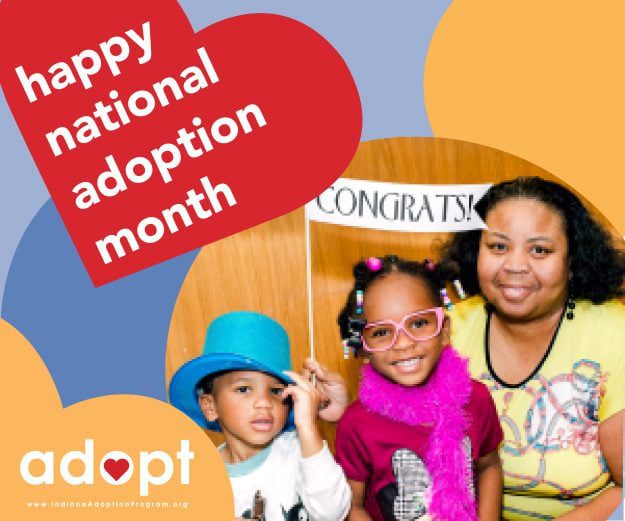The recent shootings of Black men throughout our country and police officers in Dallas and Baton Rouge have ignited discussions about diversity in the community as well as the workforce.
What is the meaning of diversity? Most Americans would say that diversity incorporates race, gender, ethnicity and stops there. But I believe diversity involves much more than that.
Though I agree the above three components represent some of the primary dimensions of diversity, we must also include age, sexual orientation, and physical and mental ability. And there are secondary dimensions: religion, lifestyle, style of dress, language, communication style, personality style, geographic location, learning style and even military service. All of these components of diversity are part of today’s workplace.
According to the Society for Human Resource Management, “to celebrate diversity is to appreciate and value individual differences…diversity encompasses an infinite range of individuals’ unique characteristics and experiences.”
Diversity initiatives can improve the quality of your workplace and can be the catalyst for a better return on your investment in human capital. Diversity improves employee and organizational performance. Recognizing diversity initiatives and diversity results will attract the best and the brightest employees to an organization. Additionally, recognizing and acknowledging that diversity impacts organizational behavior and work outcomes provide motivation to change. Foster and incorporate the challenges of a diverse workforce by promoting the advantages the workforce has to offer. Diversity offers benefits, like a greater number of employees offering a greater variety of solutions to organizational issues and problems. Remember – the customer base of organizations across the country is becoming even more diverse than the workforce.
In the year 2000, the United States Department of Labor predicted future workforce trends for the year 2050. Among them:
• The country’s population will increase by 50 percent
• Minority groups will represent nearly half of the workforce
• Immigration will account for almost two-thirds of the growth
• The older population will more than double
• One-quarter of the workforce will be of Hispanic origin
• One in 10 will be of Asian or Pacific-Islander descent
• More women will be on the job
• More people with disabilities will be on the job
All these future changes in the workforce make it vitally important to promote an inclusive diverse workforce now and in the future. Human beings tend to be ethnocentric—they see the world through their own narrow view and judge the world by what is familiar to them. Humans tend to resist change; constant adaptation is difficult for people already overwhelmed by staggering transitions in today’s organizations. Human beings find comfort and trust in likeness. There is a tendency to seek the company of those most similar to ourselves. Therefore, diversity in the workplace is about each person coming to terms with his or her attitudes, beliefs, and expectations about others — and finding comfort in those differences.
Diversity is big enough to include everyone and goes beyond race, gender, and ethnicity. Each of us must take personal responsibility to break down the barriers of bias, stereotypes, prejudice, and discrimination. We must not collude with others in the workplace, knowingly or unknowingly, to reinforce these prevailing stereotypical attitudes, behaviors, and beliefs. Each one of us needs to be a “change agent” in the workplace and discuss our differences, promote respect, and take individual responsibility for our actions in making the workplace a better place for employees and customers alike. Organizations must equip their employees with the necessary training to deal with issues and questions that having a diverse workforce poses.
What can we do as individuals? Take time to educate ourselves, use inclusive language in the workplace, set clear expectations for workplace behavior, have relevant information on hand, and be a role model for others. We can also talk more about our commonalities in the workplace. As we embrace our differences, let us also embrace our commonalities. Commonalities like being parents or grandparents, having siblings, and participating in clubs, sporting teams, or church activities. If we talk more about what we have in common, then embracing our differences and discussing them in the workplace should be easier. Remember in the workplace: “E Pluribus Maximus,” or “greatness from many.”
Now is the time for each of us, as an agent of change, to step forward and transform our society and workplace into what it should be about: ensuring harmony and tranquility for all.
Darrell Brown, Ph.D., is a Clinical Associate Professor of Management and Director of Diversity at Indiana University Kelley School of Business Indianapolis.



